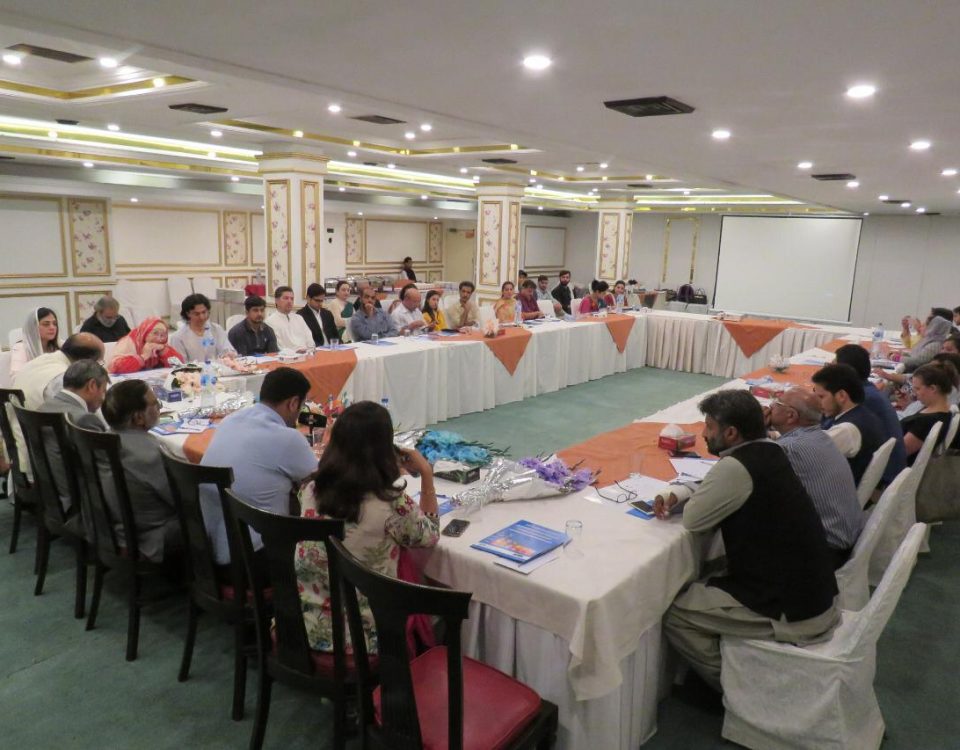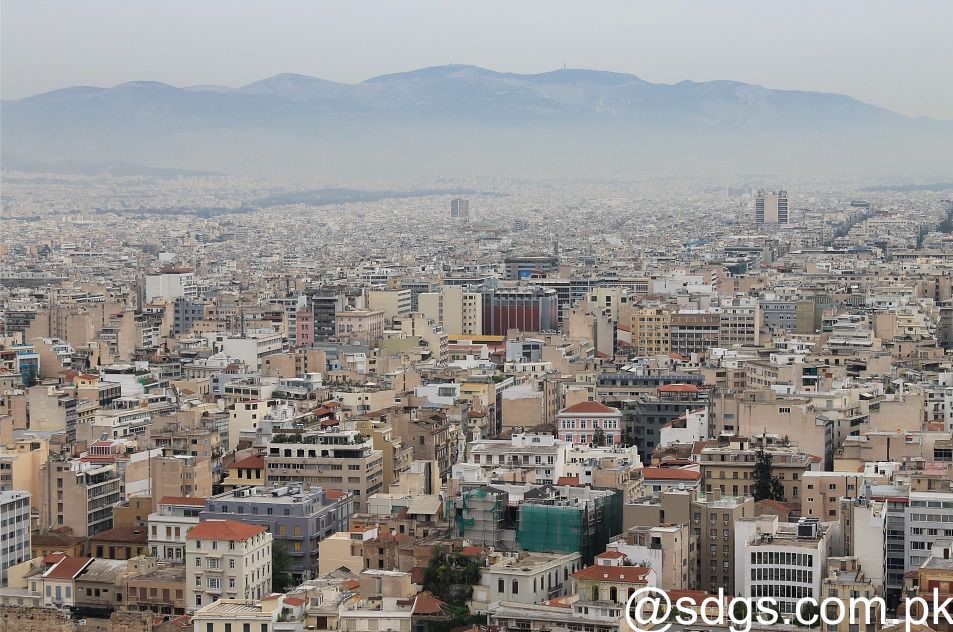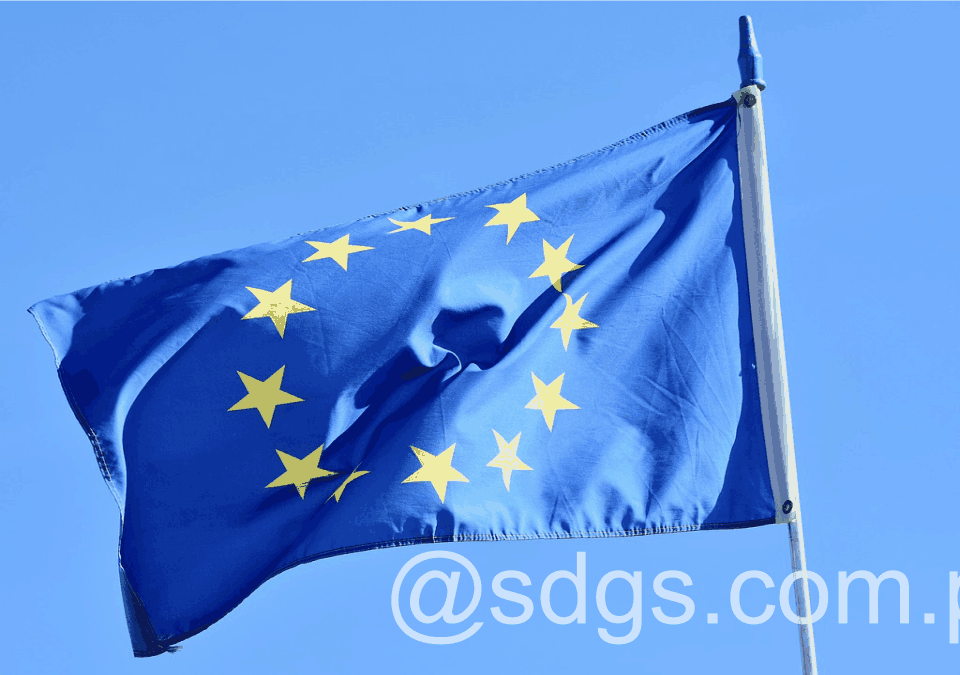
Chairperson Urge Greater Momentum on SDGs
May 10, 2019
Discuss Possible Improvements.
May 11, 2019More than 300 participants shared their experiences of working together to promote resilient development at the first meeting on resilience in the Pacific. The meeting focused on the theme “Youth Future in a Resilient Pacific”, in recognition of the energy and contribution of youth in strengthening and strengthening resilience building in the Pacific.
The Pacific Community (SPC), the Secretariat of the Pacific Regional Environment Program (SPREP) and other members of the Pacific Resilience Partnership (PRP), as well as Pacific island countries, organized the meeting on Pacific Resilience with support from the US Agency for International Development’s ISACC project. and the Pacific iCLIM project of the Australian Department of Foreign Affairs and Trade. The meeting was held in Suva, Fiji from 1 to 3 May 2019.
A Low Carbon session during the event highlighted the benefits of transitioning to low-carbon economies through Low Carbon Development (LCC), one of the three objectives of the Framework for Sustainable Development. resilient development in the Pacific. Espen Ronneberg, SPREP’s climate change advisor, highlighted the economic, social and environmental benefits of LCDs, explaining that LCDs are “essentially linked to sustainable development and strengthening the resilience of our societies”.
He pointed out that this development is particularly critical for Pacific communities that are “much more at the mercy of fossil fuel prices in their spending”, which can dramatically affect their livelihoods. Ronneberg concluded that LCD technology would reduce households‘ energy bills, help them gain greater energy independence, and free up resources for other climate and social benefits actions. Participants said such a transition would put the Pacific at the forefront of the fight against climate change while increasing employment opportunities and reducing pollution.
The meeting also discussed the role of early warning systems in preventing and minimizing disasters. Tuvalu Meteorological Service Director Tauala Katea described the development of offshore wave forecast model software that allowed her country to predict the wave heights of its nine islands. The software provides Tuvalu with three to five days’ notice in case of large waves, allowing local authorities and communities to prepare and evacuate particular areas to prevent loss of life and property damage.
Esline Garaebiti, director of Vanuatu’s meteorology and geo-hazard department, explained her country’s investments in early warning and multi-hazard seismic monitoring, which enabled Vanuatu to detect earthquakes and tsunamis more quickly and to better prepare for natural disasters. The department merged with a similar department in New Caledonia to share resources and data via a common surveillance network. This network has since expanded to other Pacific island countries, including Fiji, Papua New Guinea (PNG), Samoa, Solomon Islands and Tonga, resulting in the creation of the Oceania Regional Seismic Network (ORSNET).
Participants explored opportunities to bridge the gap between climate science and youth at a side event on the Australia-Pacific Climate Partnership (APCP). The Partnership brings together several programs that link climate data to decision-makers for climate-resilient and disaster-resilient development and aims to increase the effectiveness of climate change and disaster resilience support in the Pacific. In Kiribati, APCP supported the development of a climate-sensitive curriculum and provided teacher training and professional training on climate change. Other efforts in the region include a “Climate Change Competency Audit”, which examined the skills required by businesses and organizations in relation to climate change, and then shared this information with young people looking for climate change. a job.
The meeting also discussed ways to engage young people in climate action in a meaningful way, including ensuring the participation of at least one youth representative in all climate and resilience meetings, panels and workshops, at the regional level. national, regional and international levels to ensure the perspective of young people.
Source: SDG Knowledge Hub.




